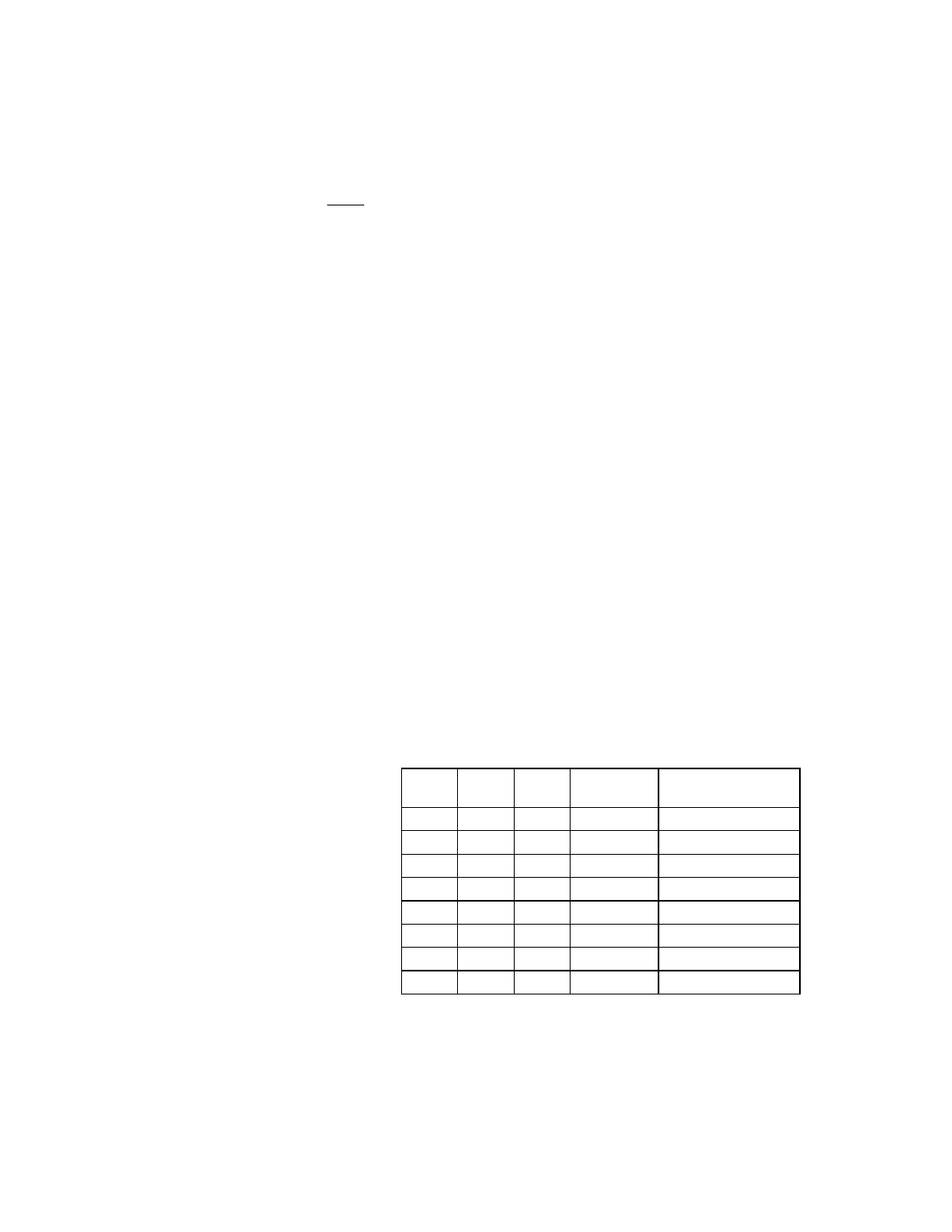Avago Technologies LSI53C895A User Manual
Page 138

4-30
Registers
Note:
Set this bit to achieve Ultra SCSI transfer rates in legacy
systems that use an 80 MHz clock.
SCF[2:0]
Synchronous Clock Conversion Factor
[6:4]
These bits select a factor by which the frequency of
SCLK is divided before being presented to the
synchronous SCSI control logic. Write these to the same
value as the Clock Conversion Factor bits below unless
fast SCSI operation is desired. See the
register description for examples of how the
SCF bits are used to calculate synchronous transfer
periods. See the table under the description of bits [7:5]
of the SXFER register for the valid combinations.
EWS
Enable Wide SCSI
3
When this bit is clear, all information transfer phases are
assumed to be eight bits, transmitted on SD[7:0]/ and
SDP0/. When this bit is asserted, data transfers are done
16 bits at a time, with the least significant byte on
SD[7:0]/ and SDP0/ and the most significant byte on
SD[15:8]/, SDP1/. Command, Status, and Message
phases are not affected by this bit.
CCF[2:0]
Clock Conversion Factor
[2:0]
These bits select a factor by which the frequency of
SCLK is divided before being presented to the SCSI core.
The synchronous portion of the SCSI core can be run at
a different clock rate for fast SCSI, using the
Synchronous Clock Conversion Factor bits. The bit
encoding is displayed in the table below. All other
combinations are reserved.
SCF2
CCF2
SCF1
CCF1
SCF0
CCF0
Factor
Frequency
SCSI Clock
(MHz)
0
0
0
SCLK/3
50.01–75.0
0
0
1
SCLK/1
16.67–25.0
0
1
0
SCLK/1.5
25.01–37.5
0
1
1
SCLK/2
37.51–50.0
1
0
0
SCLK/3
50.01–75.0
1
0
1
SCLK/4
75.01–80.00
1
1
0
SCLK/6
120
1
1
1
SCLK/8
160
